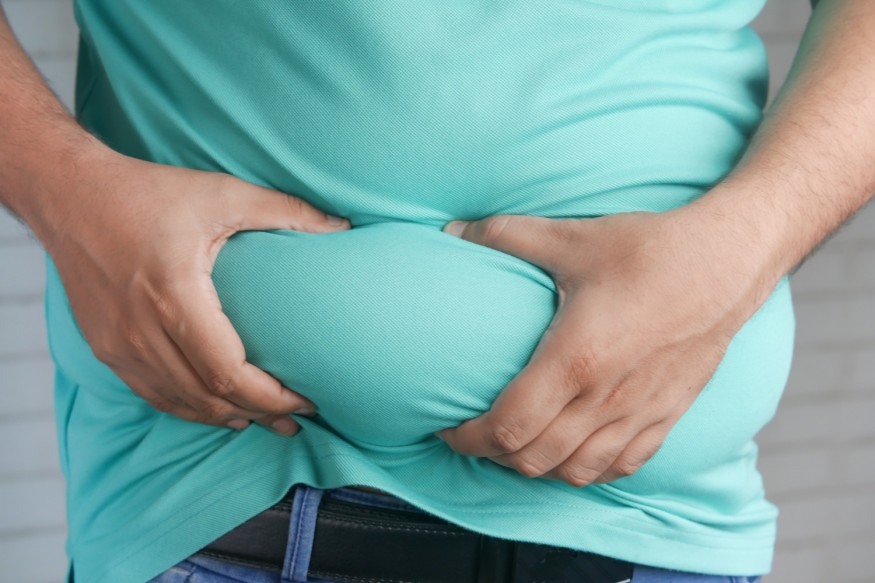The 2008 film Wall-E received criticism for its portrayal of a future where all humans are depicted as obese. Some critics argue that the film's portrayal of humans as fat and unintelligent beings is exaggerated and unrealistic.
However, a study from Johns Hopkins suggests that the movie's depiction is uncomfortably similar to projections made by public health researchers.

Wall-E Fat People Prediction Could Become A Reality
According to Wired, the Johns Hopkins study revealed that if there are no changes in the American food system, nearly 9 out of 10 Americans will be overweight or obese by 2030.
The study's lead author Professor Youfa Wang from Hopkins' Center for Human Nutrition said that the prevalence of overweight and obese adults in the U.S. has been consistently increasing over the past three decades. Based on these trends, it is projected that more than 86% of adults will be overweight or obese by 2030.
The issue of obesity goes beyond aesthetics as it poses significant health risks. The researchers emphasize that addressing obesity-related conditions could lead to approximately one trillion dollars in additional healthcare costs. These projections were published in the July 2008 issue of the journal Obesity.
READ ALSO : Air Pollution, Smoking and a Person's Built Environment May Lead to Childhood Obesity, Study
Half of American Adults Could Become Obese By 2030
A separate study published in 2019 predicted that by 2030, nearly half of American adults will be obese, with no state having fewer than 35% of adults classified as obese. As per Los Angeles Times, this trend indicates a decline in American health, as higher rates of obesity are associated with increased health problems, shorter lifespans, and higher healthcare costs.
The study also reveals that severe obesity, defined as having a body mass index (BMI) of 40 or above, will affect nearly 1 in 4 U.S. adults by 2030. This level of obesity will be as prevalent as regular obesity was in the 1990s and will lead to a higher risk of various health issues and premature death.
The projections were made by public health researchers at Harvard and George Washington University who analyzed weight trends across different age groups and states. The study shows a significant increase from current obesity rates, which stood at 39.8% of adult Americans in 2015-2016.
The projections highlight disparities based on gender, race, and income, with severe obesity disproportionately affecting women and individuals with lower incomes. Certain states, including those in the "stroke belt," are expected to have particularly high obesity rates by 2030.
Despite efforts to prevent obesity, the study suggests that rates have continued to rise since the 1980s, with childhood obesity contributing to the ongoing increase in adult obesity. The failure to stabilize or reduce obesity rates in steady populations underscores the challenges of obesity prevention.
Lastly, the study also emphasizes that weight gain tends to persist into midlife and beyond, leading to a higher likelihood of severe obesity. These projections raise concerns about the future health and well-being of the American population.
RELATED ARTICLE: Poor Diet and Not Less Physical Activity Can Cause Childhood Obesity, Study
Check out more news and information on Obesity on Science Times.
© 2026 ScienceTimes.com All rights reserved. Do not reproduce without permission. The window to the world of Science Times.










